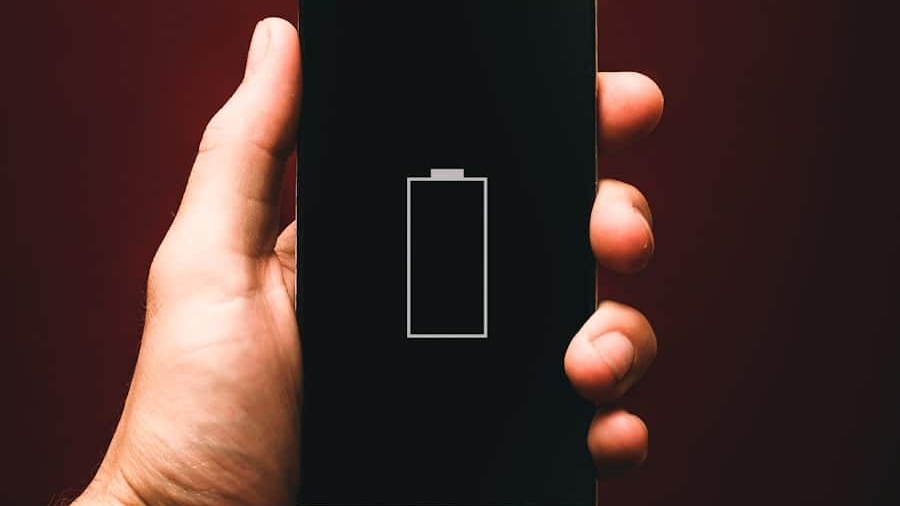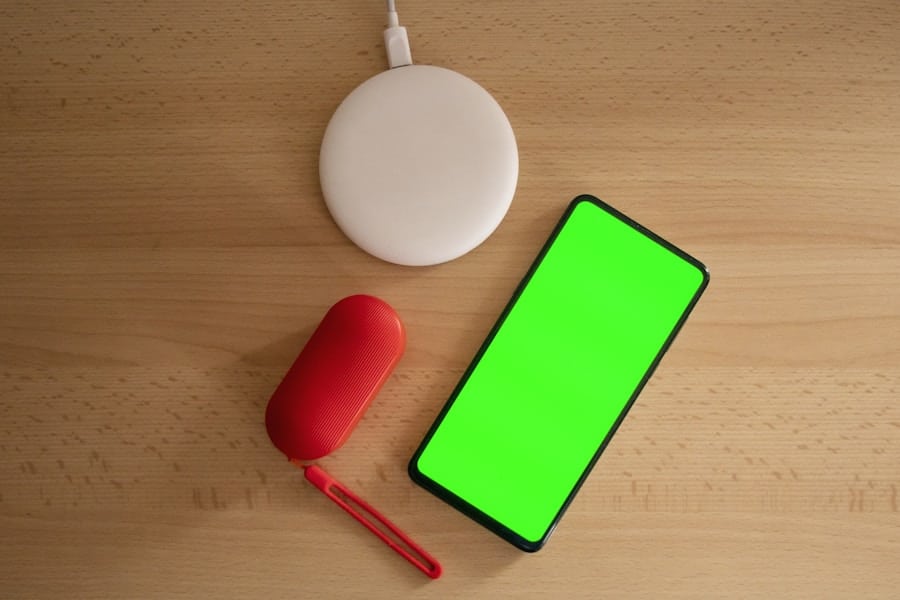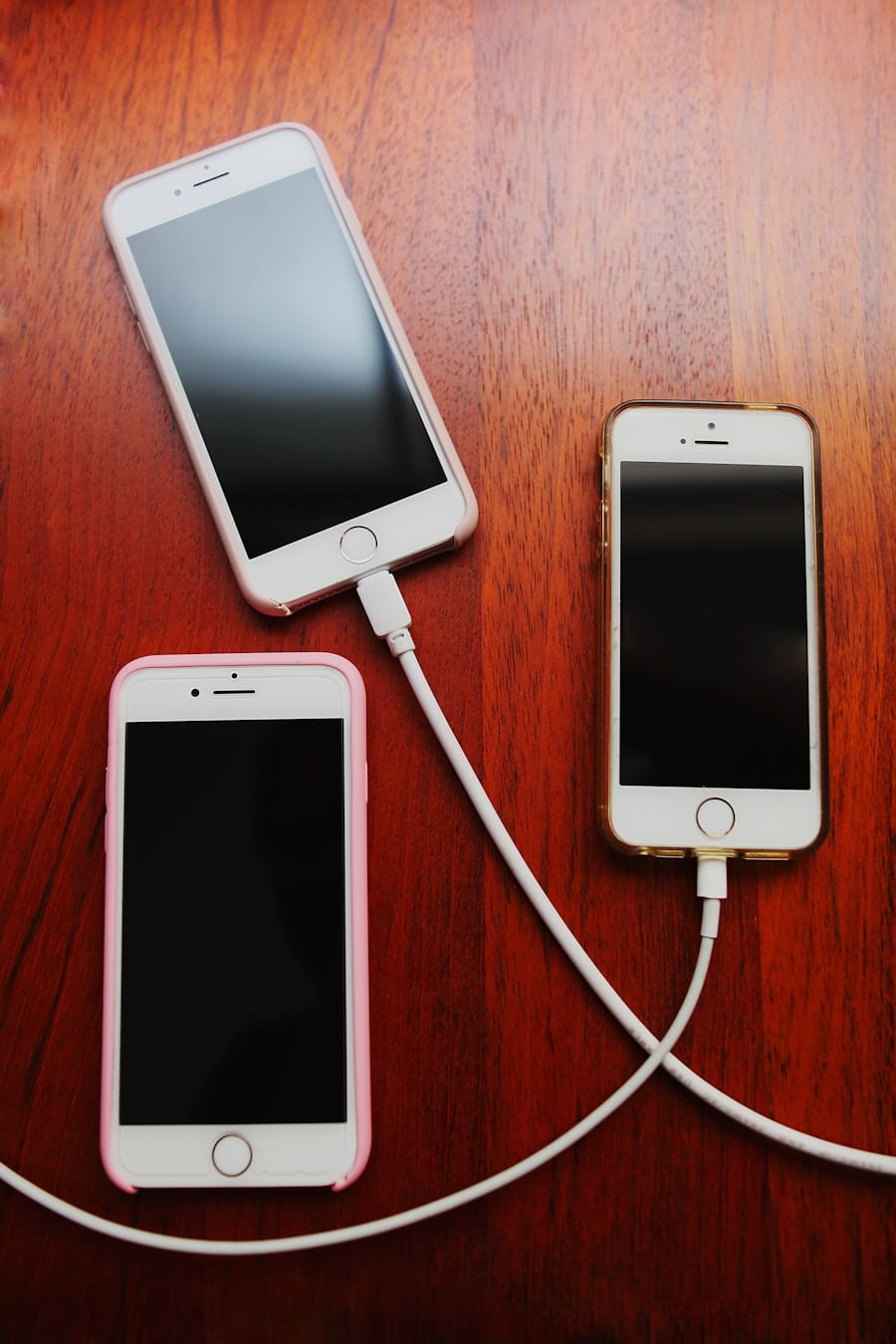In an era where smartphones have become indispensable tools for communication, entertainment, and productivity, the longevity of battery life has emerged as a critical concern for users. The average smartphone user relies heavily on their device throughout the day, often juggling multiple applications and services that can drain battery power at an alarming rate. As a result, understanding how to optimize battery performance is essential for ensuring that devices remain functional when needed most.
Battery optimization not only enhances the user experience but also prolongs the overall lifespan of the device by reducing the frequency of charging cycles. Smartphone manufacturers have recognized the importance of battery management and have integrated various features into their operating systems to help users maximize battery efficiency. However, many users remain unaware of the full range of options available to them.
This article delves into practical strategies for optimizing smartphone battery life, covering everything from adjusting screen settings to managing app usage. By implementing these techniques, users can significantly extend their device’s battery life, ensuring that it remains reliable throughout the day.
Key Takeaways
- Adjusting screen brightness and timeout settings can significantly impact battery life
- Managing background app refresh and location services can help conserve battery
- Utilizing low power mode and battery saver features can extend battery life during critical times
- Monitoring and managing app usage can help identify and address battery-draining apps
- Updating software and managing notifications can improve overall battery performance
Adjusting Screen Brightness and Timeout Settings
One of the most effective ways to conserve battery life is by managing screen brightness and timeout settings. The display is often the most power-hungry component of a smartphone, consuming a significant portion of the battery’s energy. Users can manually adjust brightness levels to a comfortable yet lower setting, which can lead to substantial energy savings.
Many smartphones also offer an adaptive brightness feature that automatically adjusts screen brightness based on ambient light conditions. This feature not only enhances visibility but also helps in conserving battery life by reducing brightness in darker environments. In addition to brightness, adjusting the screen timeout settings can further optimize battery usage.
The screen timeout determines how long the display remains active when not in use. By reducing this duration, users can prevent unnecessary battery drain when their device is idle. For instance, setting the timeout to 30 seconds instead of 2 minutes can lead to noticeable improvements in battery longevity.
Users should also consider utilizing dark mode if available, as OLED screens consume less power when displaying darker colors, thereby extending battery life even further.
Managing Background App Refresh and Location Services
Background app refresh is a feature that allows applications to update their content even when they are not actively in use. While this functionality can be convenient for receiving timely notifications and updates, it can also lead to significant battery drain. Users should take the time to review which apps are permitted to refresh in the background and disable this feature for those that are not essential.
For example, social media apps may not need constant updates if users check them periodically throughout the day. By limiting background activity, users can conserve battery life without sacrificing functionality. Location services are another major contributor to battery consumption.
Many apps utilize GPS and location data to provide personalized experiences, but this constant tracking can quickly deplete battery reserves. Users should evaluate which applications genuinely require location access and adjust settings accordingly. For instance, navigation apps may need continuous access while fitness tracking apps might only require location services during active sessions.
By fine-tuning location settings and opting for “While Using” permissions instead of “Always,” users can significantly reduce battery drain associated with location services.
Utilizing Low Power Mode and Battery Saver Features
Most modern smartphones come equipped with a Low Power Mode or Battery Saver feature designed specifically to extend battery life during critical moments. When activated, these modes typically reduce background activity, limit visual effects, and restrict certain functionalities that consume excessive power. For instance, notifications may be minimized, and automatic downloads may be paused, allowing users to stretch their remaining battery life when it matters most.
This feature is particularly useful during long days away from a charger or when traveling. Users should familiarize themselves with how to activate Low Power Mode on their devices, as it can be a game-changer in emergency situations. For example, if a user notices their battery percentage dwindling below 20%, enabling this mode can help preserve enough power for essential functions like making calls or sending messages.
Additionally, some smartphones allow users to customize settings within Low Power Mode, enabling them to prioritize specific applications or features that they deem necessary while still conserving energy.
Monitoring and Managing App Usage and Battery Consumption
Understanding which applications consume the most battery power is crucial for effective optimization. Most smartphones provide built-in tools that allow users to monitor app usage and identify which ones are draining their batteries the fastest. By accessing the battery settings menu, users can view detailed statistics on individual app consumption over various time frames.
This information empowers users to make informed decisions about which apps to limit or uninstall altogether. For instance, if a user discovers that a particular game or streaming service is consuming an excessive amount of battery life, they may choose to limit their usage or seek alternatives that are less demanding on resources. Additionally, uninstalling unused or rarely used applications can free up system resources and improve overall performance while also contributing to better battery management.
Regularly reviewing app usage not only helps in optimizing battery life but also enhances the overall efficiency of the device.
Updating Software and Managing Notifications
Keeping software up-to-date is another critical aspect of smartphone battery optimization. Manufacturers frequently release updates that include performance enhancements, bug fixes, and improvements in energy efficiency. By ensuring that their devices are running the latest version of the operating system and applications, users can benefit from optimizations that may significantly reduce battery consumption.
For example, an update might introduce more efficient algorithms for background processes or improve how apps manage resources. In addition to software updates, managing notifications can also play a vital role in conserving battery life. Each notification received can wake the device’s display and consume power, especially if it prompts vibrations or sounds.
Users should consider limiting notifications from non-essential apps or consolidating them into fewer alerts. For instance, instead of receiving individual notifications from multiple social media platforms, users might opt for a single summary notification at designated intervals. This approach not only reduces battery drain but also minimizes distractions throughout the day.
Utilizing Battery Optimization Settings for Specific Apps
Many smartphones offer specific battery optimization settings that allow users to tailor energy consumption on an app-by-app basis. These settings enable users to restrict background activity for certain applications while allowing others to function normally. For example, messaging apps may require constant connectivity for timely notifications, while less critical apps like news aggregators can be set to optimize battery usage by limiting background refreshes.
To access these settings, users typically navigate to the battery section within their device’s settings menu and select individual apps for customization. By enabling optimization for resource-intensive applications such as games or streaming services, users can significantly reduce their overall energy consumption without sacrificing essential functionalities. This granular control over app behavior allows for a more personalized approach to battery management.
Tips for Extending Battery Life When Not in Use
When smartphones are not in use, there are several strategies users can employ to extend battery life further. One effective method is to enable airplane mode when the device will be idle for an extended period. This mode disables all wireless communications—cellular data, Wi-Fi, and Bluetooth—thereby preventing any background processes from consuming power unnecessarily.
Airplane mode is particularly useful during long flights or when users know they will not need their devices for several hours. Another practical tip is to store the smartphone in a cool environment when not in use. High temperatures can accelerate battery degradation and lead to reduced capacity over time.
Keeping devices in cooler conditions helps maintain optimal performance and prolongs overall battery health. Additionally, users should avoid letting their devices completely discharge regularly; instead, they should aim to keep their batteries charged between 20% and 80% for optimal longevity. By implementing these strategies and understanding how various features impact battery performance, smartphone users can take control of their device’s energy consumption and ensure that they remain connected when it matters most.
If you’re looking to enhance your smartphone experience beyond just optimizing battery life, you may want to check out The Ultimate Guide to the Best Screen Recording Software in 2023. This article provides valuable insights into the top screen recording tools available, allowing you to capture and share your device’s screen with ease. Additionally, if you’re interested in unleashing your creativity on a tablet, you might want to explore the best tablet for drawing.
FAQs
What are some built-in settings to optimize smartphone battery life?
Some built-in settings to optimize smartphone battery life include adjusting screen brightness, enabling power saving mode, managing app permissions, and disabling background app refresh.
How does adjusting screen brightness help optimize smartphone battery life?
Adjusting screen brightness can help optimize smartphone battery life by reducing the amount of power used to illuminate the screen. Lowering the brightness level can significantly extend the battery life of the device.
What is power saving mode and how does it help conserve battery life?
Power saving mode is a built-in setting on smartphones that reduces the device’s performance and limits background activities to conserve battery life. It typically adjusts the CPU performance, screen brightness, and other settings to minimize power consumption.
How can managing app permissions help optimize smartphone battery life?
Managing app permissions can help optimize smartphone battery life by controlling which apps have access to certain features and functions of the device. By limiting unnecessary app permissions, the device can conserve battery power.
What is background app refresh and how does disabling it help conserve battery life?
Background app refresh is a feature that allows apps to update their content in the background even when not in use. Disabling background app refresh can help conserve battery life by preventing apps from using power to refresh their content when not actively being used.



